DISCIPLINE: Engineering
COURSE LENGTH: 2 Days (Classroom) / 4 Half-Day Sessions (Online)
CEUS: 1.6
AVAILABILITY: Public, In-House, & Live Online
ATTEND AN UPCOMING CLASS:
Contact SCA’s Training Department at training@scacompanies.com to schedule an In-House course.
COURSE DESCRIPTION: This course provides an overview of the most critical geomechanical aspects in Carbon Capture and Sequestration (CCS). Attendees will learn about geomechanics principles, concepts, required data, and workflows as they apply to the assessment of the key geomechanics risks in CCS projects. We will discuss the main geomechanical risks and how they may vary from project to project. We will also address data requirements to effectively de-risk a project as well as the type of models that are best suited to address geomechanical risks and their impact on project performance. Case studies will be covered as practical examples to demonstrate workflows and screening tools.
LEARNING OUTCOMES:
- How to build a geomechanical model (data, measurements, calculations)
- Risks of saline aquifers vs. depleted reservoirs
- Thermal stress and injection pressure impacts
- Assess potential impact of natural fractures on plume migration
- Assess the fault reactivation risk & induced seismicity potential
COURSE CONTENT:
- Chapter 1. Overview of Geomechanics in the Energy Industry
- Chapter 2. Stress-Strain Behavior of Rocks (Deformation and Failure)
- Chapter 3. In Situ Stress and Pore Pressure Characterization
- Chapter 4. Mechanical Properties (Before and After CO2 Injection)
- Chapter 5. Stress Path Impact (Depleted reservoirs vs. Saline Aquifers)
- Chapter 6. Wellbore Repurpose Assessment
- Chapter 7. Thermal Stress & Injection Pressure Impacts
- Chapter 8. Cap Rock Integrity
- Chapter 9. Natural Fractures (Permeability, Stress-Dependency)
- Chapter 10. Microseismicity
- Chapter 11. Fault Stability and Induced Seismicity
- Chapter 12. Case Studies
